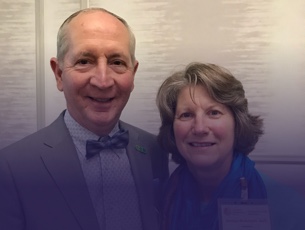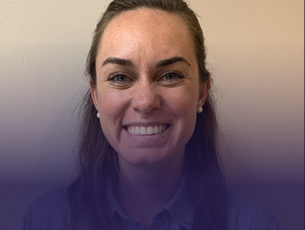

The CDC Foundation is a partner in this work, creating solutions for a nationally consistent and sustainable approach to using electronic health data and improving systems of collaboration. To expand this work, the CDC Foundation is working to bring together more public and private partners and investments to build capacity and infrastructure to the existing processes of data exchange. This will provide more complete information and data that can inform clinical care, public health and emergency response. The Sergey Brin Family Foundation is the lead CDC Foundation donor supporting this initiative.
– John Lumpkin, MD, MPH, President, Blue Cross and Blue Shield of North Carolina Foundation


In 2019, the program commemorated a decade of helping patients. During the year, the program launched new resources that provide support to cancer patients undergoing chemotherapy. The new educational materials include a public service announcement and a virtual healthcare provider tool in English and Spanish: TINA and TINA en Español. This tool, “Talking about Infection & Neutropenia Awareness,” known as TINA, is an interactive evidence-based online tool that provides a personalized learning experience in English and Spanish for cancer patients, and a role-playing and training opportunity in English for providers to communicate better with their patients.
– Lisa Richardson, MD, MPH, director, Division of Cancer Prevention and Control, CDC

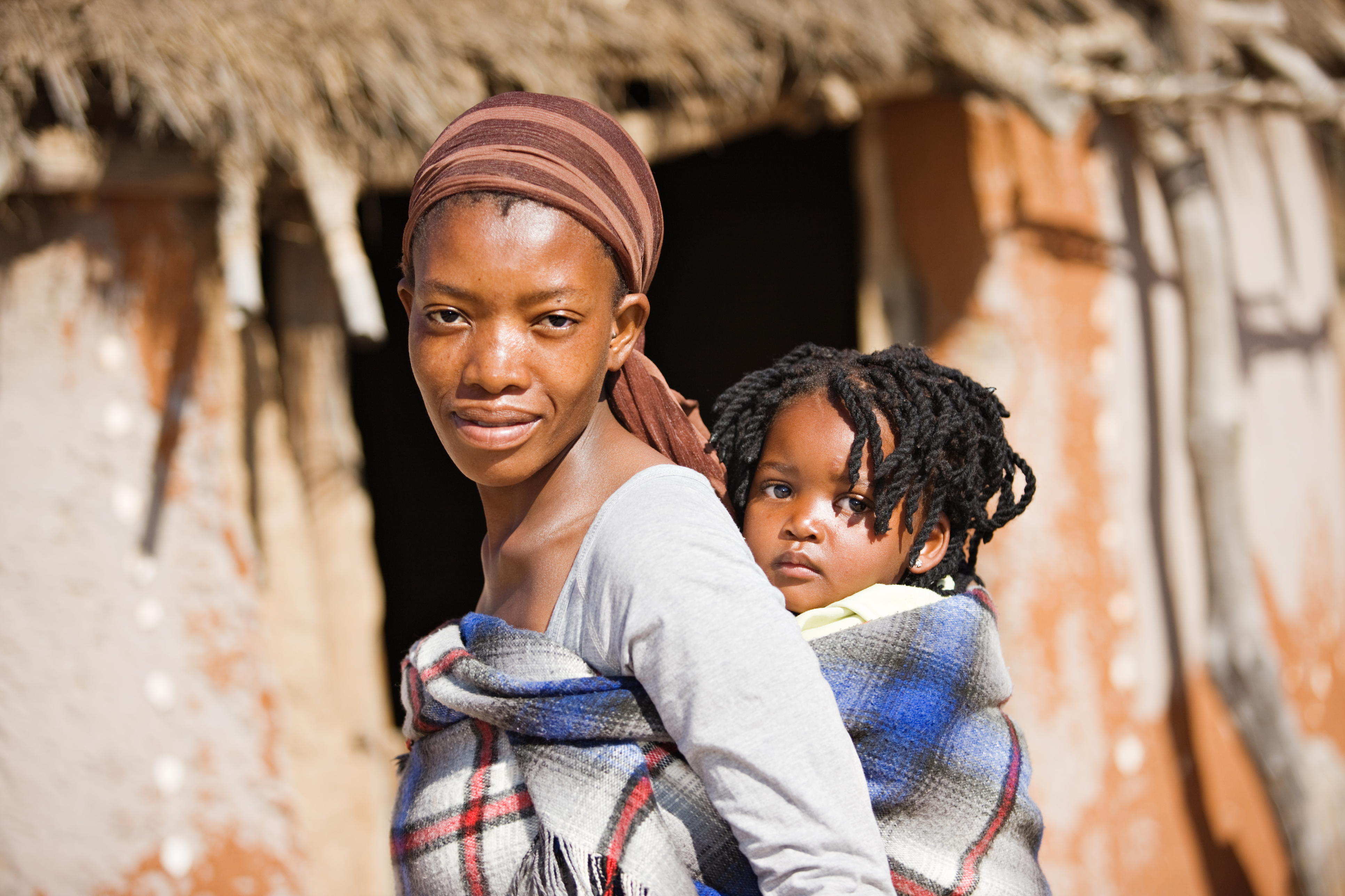
To highlight tobacco use and key indicators, such as secondhand smoke exposure, from countries in the African Region, CDC and the CDC Foundation released the Global Tobacco Surveillance System (GTSS) African Region Atlas, funded through a grant from the Bill & Melinda Gates Foundation. This publication, available in English and French, presents data on select tobacco use measures among youth or adults from 36 countries in this region. Without a comprehensive approach to tobacco prevention and control, tobacco smoking prevalence in sub-Saharan Africa is estimated to rise from 15.8 percent in 2010 to 21.9 percent in 2030.
– Bintou Camara Bityeki, MBA, Regional Director of the AFRICA Program, Campaign for Tobacco-Free Kids

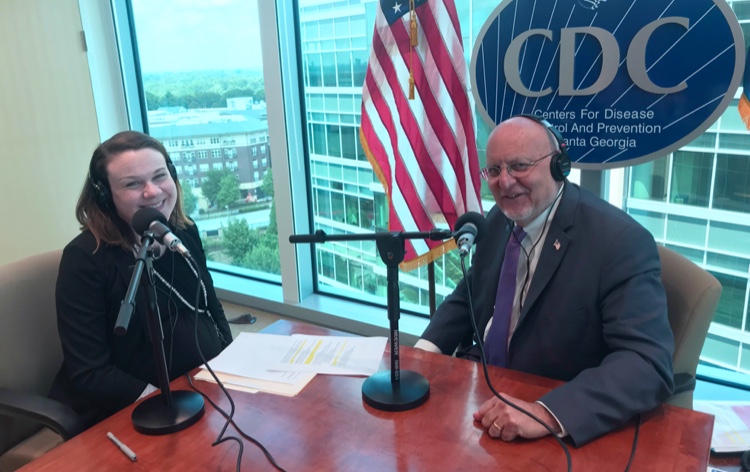
Some interview highlights include the Bill & Melinda Gates Foundation President and CEO Dr. Sue Desmond-Hellmann, Robert Wood Johnson Foundation President and CEO Dr. Richard Besser, CDC Director Dr. Robert Redfield, and public health advocates like Dr. Mona Hanna-Attisha, who raised the alarm on the Flint, Michigan, water crisis and Maryn McKenna, an acclaimed journalist on the frontlines of emergency responses.
The conversations share unique perspectives on today’s toughest health challenges, including antibiotic resistance, polio eradication, global disease outbreaks, maternal mortality, ending the AIDS epidemic, health equality and more.
– Judy Monroe, MD, president and CEO, CDC Foundation


At an event co-hosted by former Community Preventive Services Task Force Chair Dr. Jonathan E. Fielding and the CDC Foundation, the Community Preventive Services Task Force celebrated over two decades of accomplishments through the public health community’s use of the Community Guide. It is a national resource that has saved lives, improved health, reduced costs and informed and supported the work of decision makers at national, state and local levels.
– Dr. Jonathan Fielding, Former Chair, Community Preventive Services Task Force


To address this issue, the CDC Foundation and CDC launched a Global Road Safety Clearinghouse and Evaluation Lab to bring together resources and expertise to help prevent road traffic crash-related injuries and deaths. As part of the work, a new toolkit was developed that focuses on conducting traffic conflict analyses. The toolkit provides resources to global road safety partners to conduct a road safety evaluation. The toolkit focuses on the safety of pedestrians and cyclists in low- and middle-income countries and provides traffic conflict data collection methods that can be tailored to different settings. The toolkit describes how to collect and analyze traffic conflict data both before and after the implementation of a road safety intervention to evaluate if the intervention is effective in reducing traffic conflicts, and in doing so, reducing crashes, injuries and deaths.
As case studies for the toolkit, Lund University in Sweden provided training on traffic conflict analysis methodology. Mexico City and Dar es Salaam, Tanzania, served as the pilot sites to demonstrate how the conflict analysis can be applied. The FIA Foundation, a global road safety philanthropy, supported this work.
– George Malekela, Amend


The national campaign, Life is Better with Clean Hands, promotes proper hand hygiene to prevent transmission of illness and infection and improve community health. The new materials for the campaign provide special emphasis on parents and caregivers, people cooking at home and people using public restrooms. The resources include radio public service announcements in English, and posters, social media graphics, web banners and stickers in English and Spanish.
This partnership also expanded the Clean Hands Count campaign with new materials designed to encourage proper hand hygiene in dialysis centers and long-term care facilities—empowering patients to ask healthcare providers to clean their hands and guiding healthcare personnel in the use of hand sanitizer at key moments during care.
– Janet Glowicz, PhD, RN, Division of Healthcare Quality Promotion, CDC

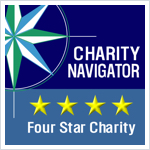
For the twelfth year in a row, the CDC Foundation received a 4-star rating from Charity Navigator. Only 1 percent of charities rated have received 12 consecutive 4-star evaluations.
